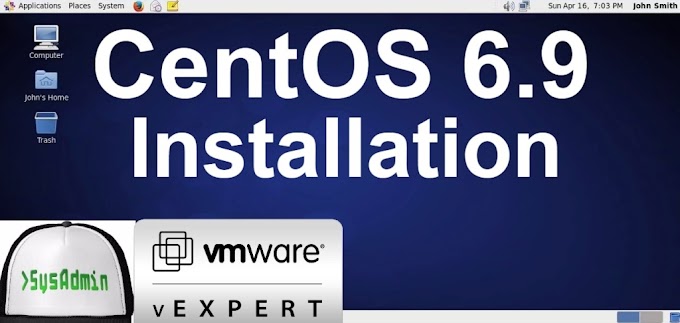 |
| Lubuntu 17.04 Installation on VMware Workstation |
This video tutorial shows Lubuntu 17.04 Installation on VMware Workstation/Player step by step. This tutorial is also helpful to install Lubuntu 17.04 on physical computer or laptop hardware. We also install VMware Tools (Open VM Tools) on Lubuntu 17.04 (Zesty Zapus) for better performance and usability features such as Fit Guest Now, Drag-Drop File and Clipboard Sharing.
Lubuntu 17.04 Installation Steps:
- Download Lubuntu 17.04 ISO
- Create Virtual Machine on VMware Workstation/Player
- Start Lubuntu 17.04 Installation
- Install VMware Tools (Open VM Tools)
- Test VMware Tools Features: Fit Guest Now, Drag-Drop File and Clipboard Sharing
Installing Lubuntu 17.04 on VMware Workstation
Lubuntu 17.04 New Features and Improvements
Lubuntu 17.04 was released on 13 April 2017. Like previous releases it uses LXDE and not LXQt as the implementation of LXQt in Lubuntu has been delayed once again, this time until 17.10. This release incorporated Linux Kernel 4.8, updated LXDE components, general bug fixes and new artwork. Lubuntu 17.04 features mainly of bug fixes and core app and system updates rather than screenshot-able new features.Lubuntu Website: http://lubuntu.net/
Lubuntu 17.04 Minimum System Requirements
Lubuntu is a good operating system for many old computers, but not for all of them. Some computers have too little horsepower or memory. A rule of thumb is that the computer should not be more than 10 years old.- For advanced internet services like Google+, YouTube, Google Drive, and Facebook, your computer needs at least 1 GB of RAM.
- For local programs like LibreOffice and simple browsing habits, your computer needs at least 512 MB of RAM.
- The minimum specification for CPU is Pentium 4 or Pentium M or AMD K8. Older processors are too slow and the AMD K7 has problems with Flash video.
Hope you found this Lubuntu 17.04 installation tutorial helpful and informative. Please consider sharing it. Your feedback and questions are welcome!



0 Comments